The Malawi eyebiter, also known as Dimidiochromis compressiceps, is a species of cichlid fish that is native to Lake Malawi in East Africa. As its name suggests, this fish is known for its unique feeding habits and predatory behavior, making it a fascinating species for aquarium enthusiasts.
Appearance
The Malawi eyebiter has a distinctive elongated body shape and can grow up to 8 inches in length. They are primarily silver in color with black stripes and spots, and their eyes are located towards the top of their head, giving them a unique appearance. Their long and pointed jaws are adapted for feeding on smaller fish and crustaceans.
Behavior
The Malawi eyebiter is a highly predatory fish that is known for its aggressive feeding habits. They are solitary fish that are best kept alone or in large, spacious aquariums with other similarly-sized fish that are not easily intimidated. They require plenty of hiding places and décor in their aquarium to create a comfortable and safe environment for them to thrive.
Care Requirements
The Malawi eyebiter requires a minimum tank size of 50 gallons and prefers a pH range between 7.5 and 8.5. They require high-quality water conditions and a varied diet that includes live or frozen foods to ensure they receive the proper nutrients they need. It is important to provide them with a well-filtered aquarium and regular water changes to maintain optimal water quality.
Breeding
The Malawi eyebiter is a substrate spawner, meaning they lay their eggs on a flat surface such as a rock or piece of wood. They are known for their unique breeding behaviors, with males establishing territories and engaging in elaborate courtship rituals to attract females. Once eggs are laid, both parents will actively guard and defend the eggs and fry.
In conclusion, the Malawi eyebiter is a fascinating and unique species of cichlid fish that can make a great addition to a large and well-maintained aquarium. Their predatory behavior and unique feeding habits make them a fascinating species to observe, but it is important to provide them with adequate space, hiding places, and proper care to ensure they thrive in captivity. As with any fish species, it is important to do your research and ensure that you have the knowledge and resources to provide proper care for your Malawi eyebiter.

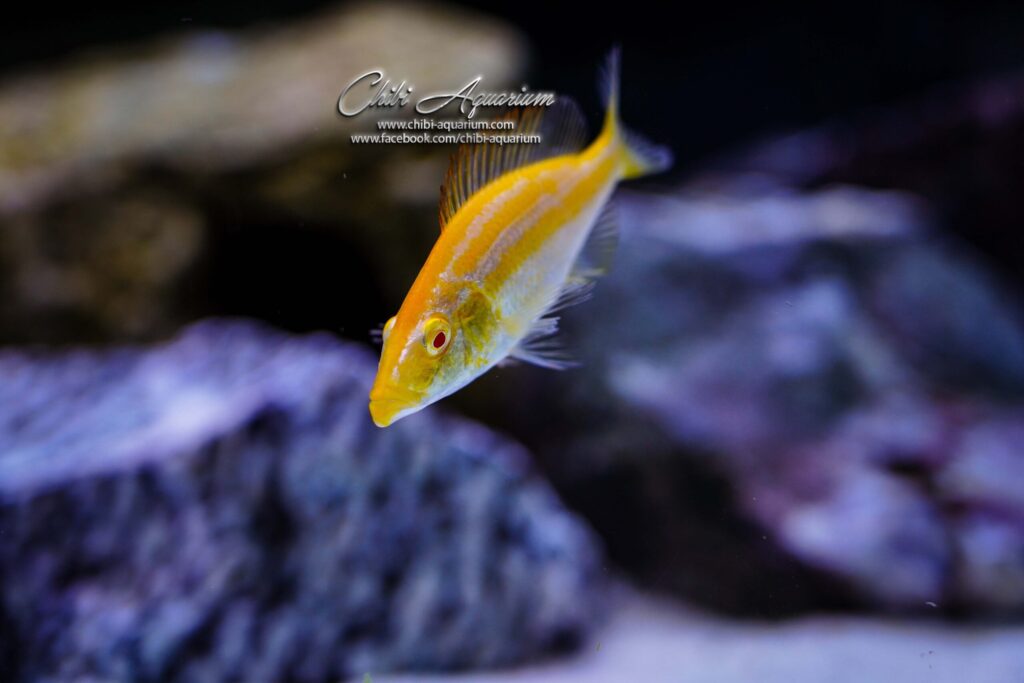
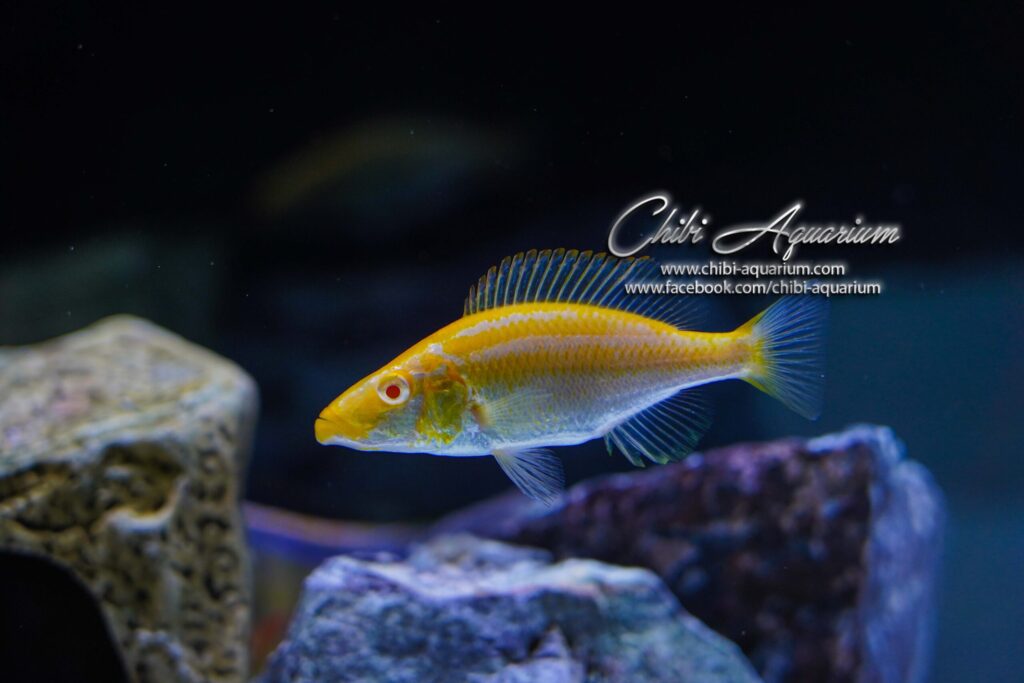
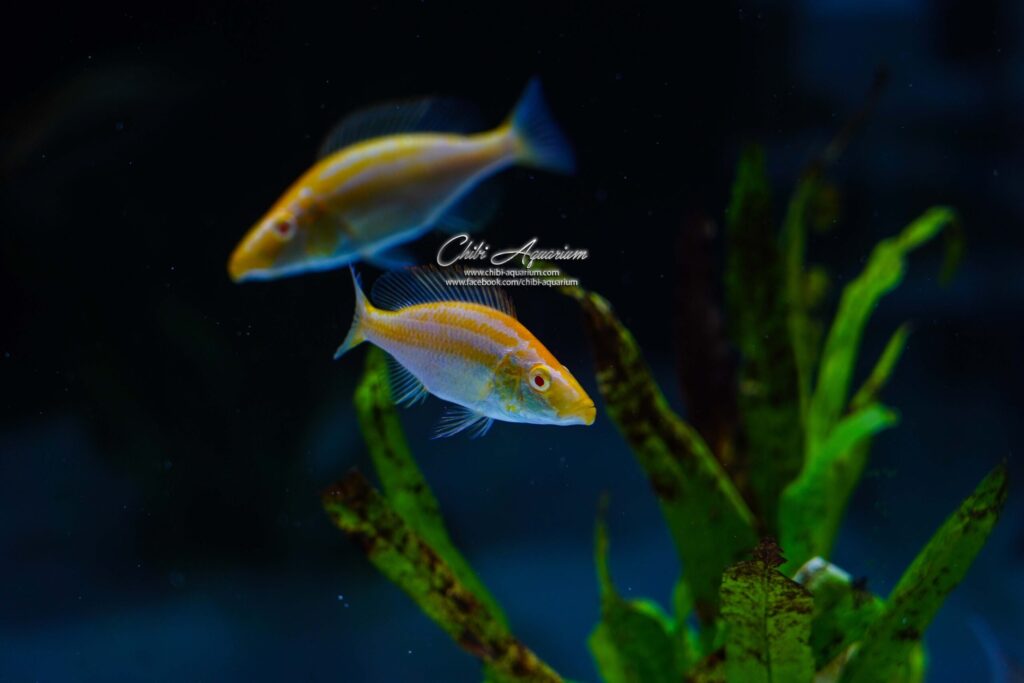
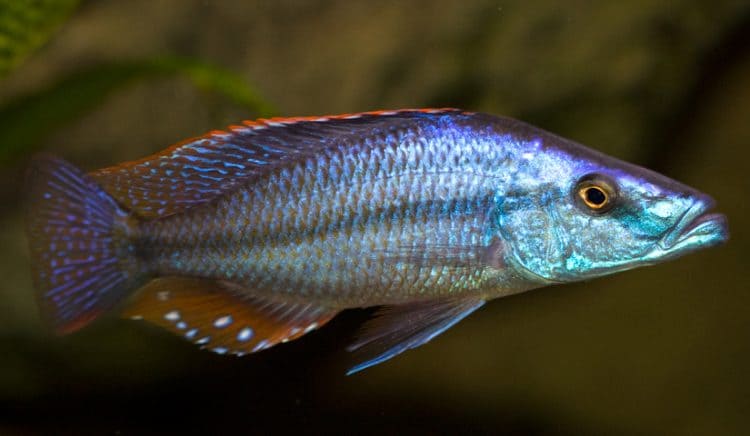
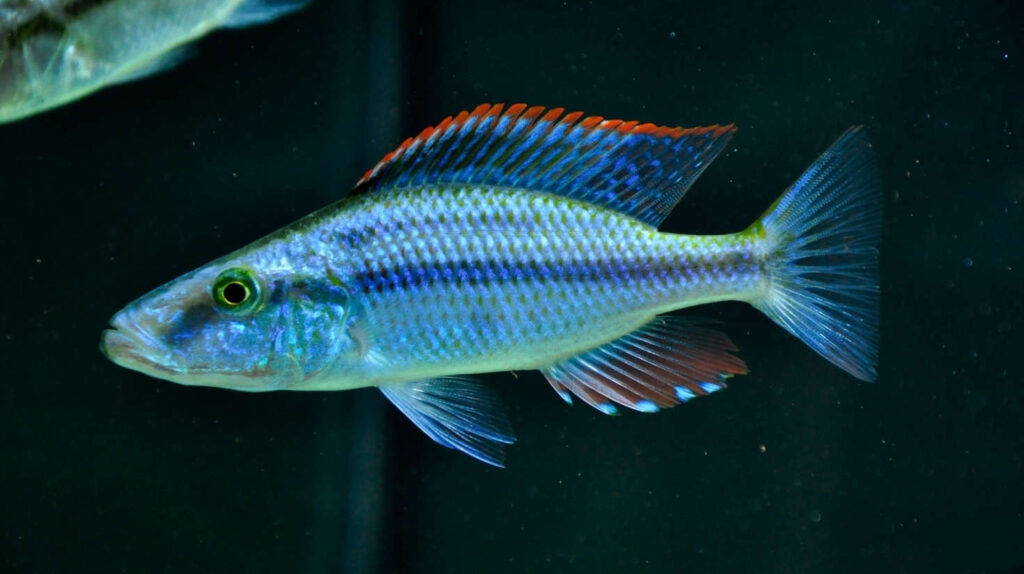
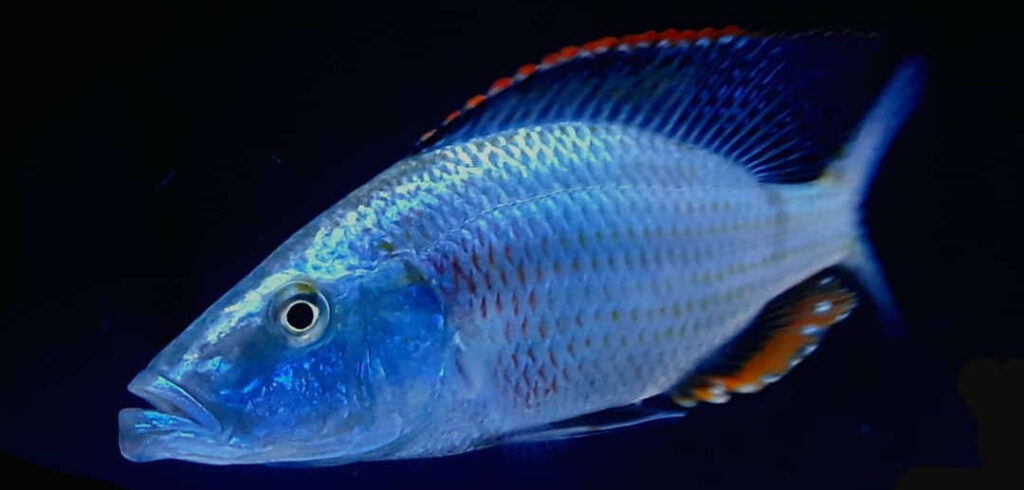
![]()
